Author: Cade Jobe
While it’s been around for hundreds of years, the family of yeasts known as Kveik burst onto the mass brewing scene just few years ago due to attention given to it by Lars Marius Garshol and Milk The Funk. Hailed for its ability to produce clean beers when fermented in strikingly warm environments, Kveik has naturally been embraced by brewers who can’t control fermentation temperatures, though many who can prefer the characteristic fruitiness these yeasts are known to impart.
Recent xBmts have shown that tasters were able to reliably distinguish beers fermented at disparate temperatures with Imperial Yeast A43 Loki and Bootleg Biology OSLO, both of which are single Kveik strains isolated from different Norwegian sources. Recently, Imperial Yeast made year-round their once-seasonal A44 Kveiking, which is a blend of 3 Kveik strains they say “thrives in hot fermentations when big complex ester profiles are desired,” indicating it would perform differently at cooler temperatures.
Fermentation temperature is something I’ve taken seriously for most of the time I’ve been brewing, using the typical combination of a chest freezer and regulator to ensure my beers don’t get too warm. I was excited to see how fermentation temperature would affect beers fermented with Imperial Yeast A44 Kveiking and put it to the test!
| PURPOSE |
To evaluate the difference between a beer fermented with Imperial Yeast A44 Kveiking at a stable 75°F/24°C and one fermented in a range of 90-97°F/32-36°C in a warm garage.
| METHODS |
In hopes of emphasizing any differences caused by fermentation temperature, I designed a simple light ale recipe for this xBmt.
From Venus
Recipe Details
| Batch Size | Boil Time | IBU | SRM | Est. OG | Est. FG | ABV |
|---|---|---|---|---|---|---|
| 5.2 gal | 60 min | 30.0 IBUs | 3.9 SRM | 1.064 | 1.013 | 6.7 % |
| Actuals | 1.064 | 1.017 | 6.2 % | |||
Fermentables
| Name | Amount | % |
|---|---|---|
| Pilsner (2 Row) Ger | 12 lbs | 100 |
Hops
| Name | Amount | Time | Use | Form | Alpha % |
|---|---|---|---|---|---|
| Magnum | 14 g | 60 min | Boil | Pellet | 12 |
| Centennial | 14 g | 15 min | Boil | Pellet | 10 |
Yeast
| Name | Lab | Attenuation | Temperature |
|---|---|---|---|
| Kveiking (A44) | Imperial Organic Yeast | 80% | 75°F - 97°F |
Notes
| Water Profile: Ca 72 | Mg 17 | Na 18 | SO4 87 | Cl 58 |
Download
| Download this recipe's BeerXML file |
After collecting the water for a 10 gallon/38 liter batch, adjusting it to my desired profile, and getting it over the flame, I weighed out and milled the grain.
Once the water was properly heated, I incorporated the milled grains then checked the mash temperature.
During the mash rest, I collected out the kettle hop addition.
When the 60 minute mash was complete, I sparged to collect the pre-boil volume.
The wort was boiled for 60 minutes.
Following the boil, I quickly chilled the wort with my IC before taking a hydrometer measurement showing it was at the expected OG.
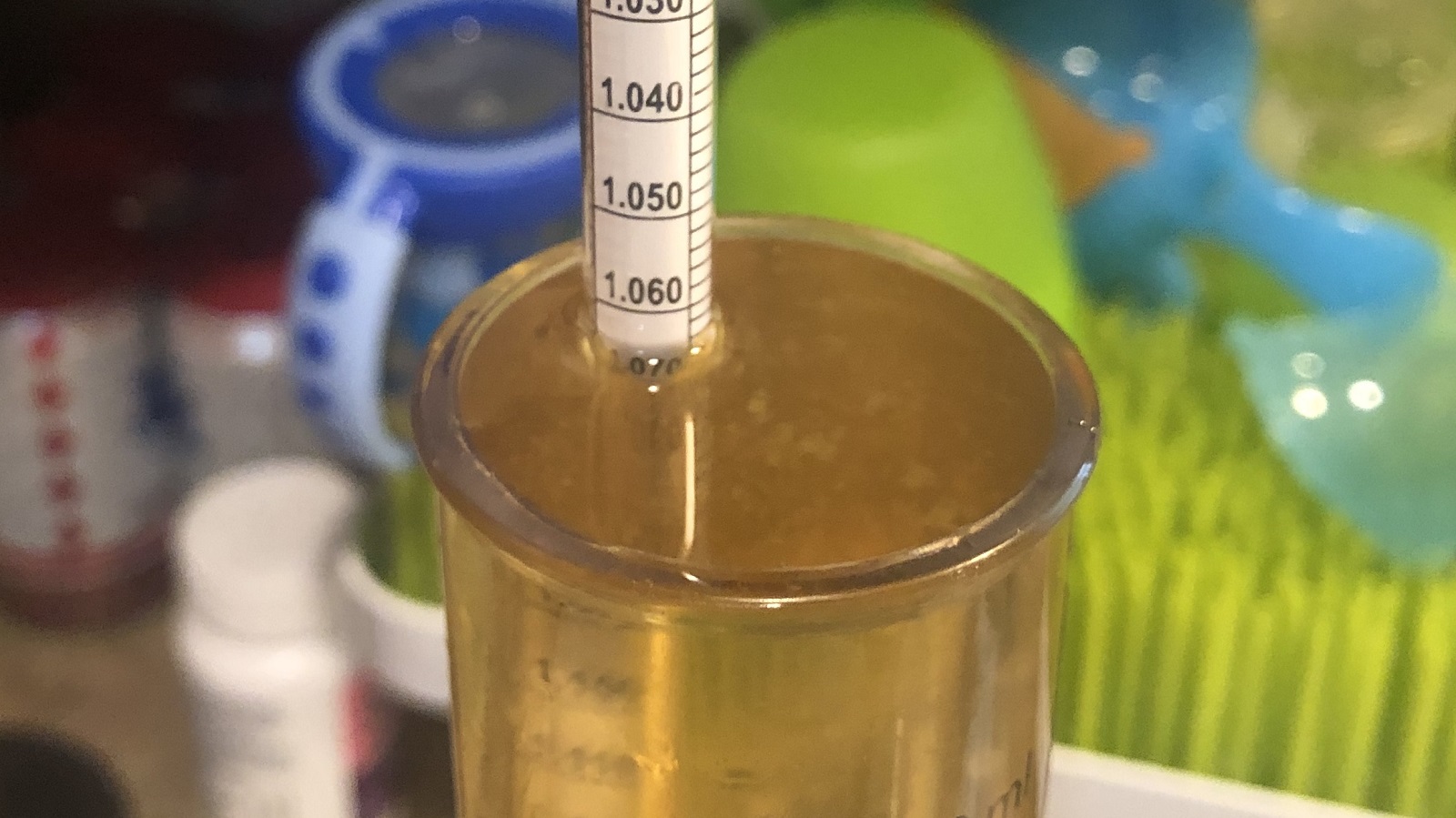
After evenly splitting the wort between 2 sanitized Brew Buckets, I then placed both in my fermentation chamber to stabilize at the same 75°F/24°C pitching temperature. The following morning, I moved one of the fermenters into my warm Texas garage then pitched a single pouch of Imperial Yeast A44 Kveiking into each batch.
The beer fermenting in my garage reached a high of 97°F/36°C at 36 hours post-pitch and was sitting at a low of 90°F/32°C when FG was reached just 2 days later. I left the warm ferment beer in my garage for the 3 additional days it took the batch fermenting at a controlled 75°F/24°C to reach FG.
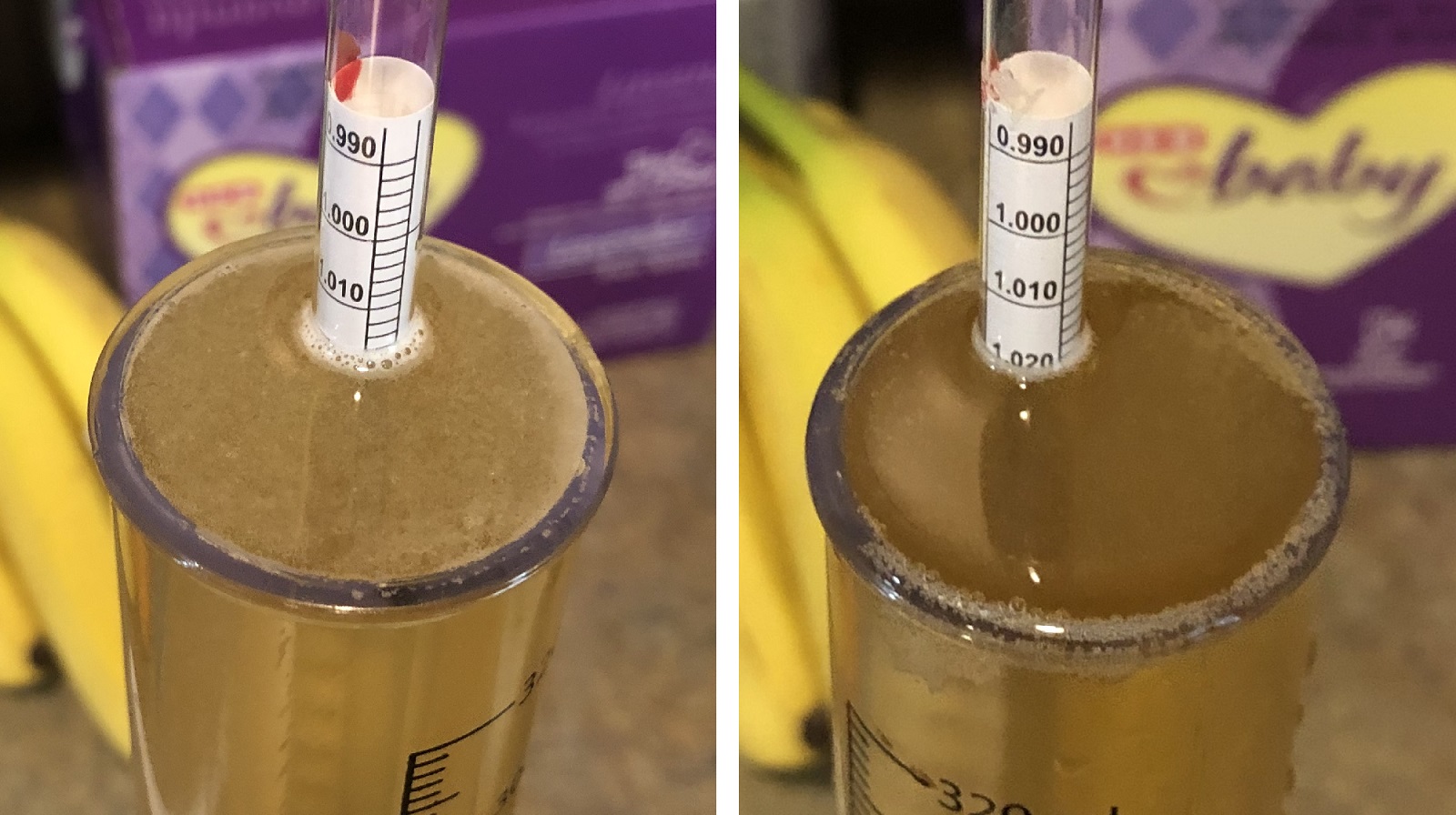
At this point, I moved the warm ferment beer into the chamber and cold crashed both under pressure to 32°F/0°C. I ended up letting the beers sit for a couple of weeks while I cleared up space in my keezer before racking them to CO2 purged kegs.
The filled kegs were placed in my keezer, burst carbonated, then left to condition for a week before they were ready to evaluate.
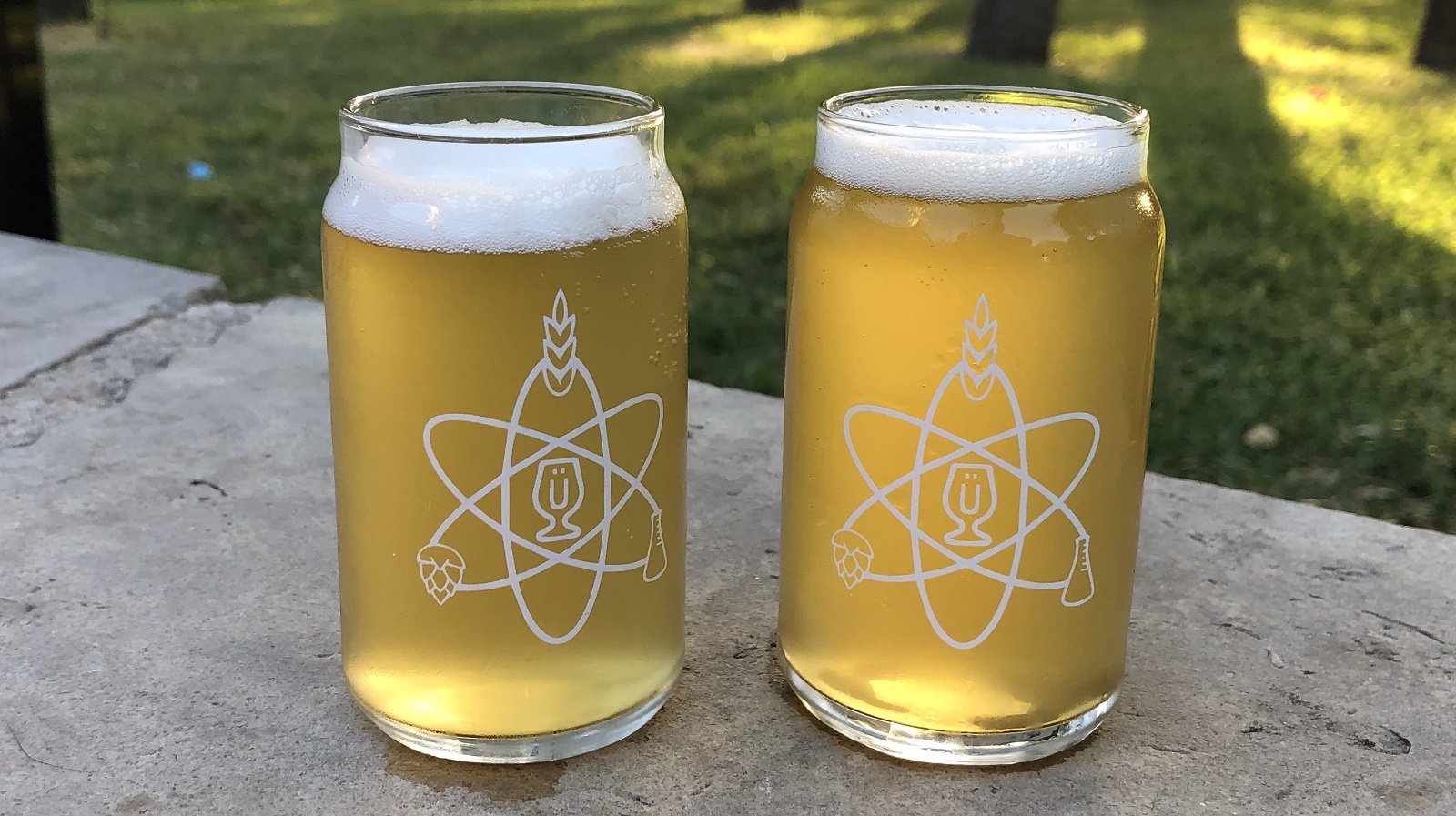
| RESULTS |
Due to social distancing practices as a result of the COVID-19 pandemic, data for this xBmt was unable to be collected in our typical manner. As such, temporary adaptations were made involving the author completing multiple semi-blind triangle tests in as unbiased a way as possible.
Utilizing 4 opaque cups of the same color where 2 were inconspicuously marked, one set was filled with the beer fermented at 75°F/24°C while the other set was filled with the beer fermented at 97°F/36°C. For each triangle test, 3 of the 4 cups were indiscriminately selected, thus randomizing which beer was the unique sample for each trial. Following each attempt, I noted whether I was correct in identifying the unique sample. Out of the 10 semi-blind triangle tests I completed, I needed to identify the unique sample 7 times (p<0.05) in order to reach statistical significance, which is exactly how many times I did (p=0.02), indicating I was able to reliably distinguish a light ale fermented with Imperial Yeast A44 Kveiking at 75°F/24°C from one fermented in my warm garage that ranged from 90°F/32°C to 97°F/36°C.
Despite knowing Kveik ferments cleanly at warm temperatures, I was admittedly nervous that the beer fermented in my warm garage would develop unpleasant esters that overwhelmed the subtler malt and hop character. Such was not the case! Both beers were surprisingly clean, allowing the malt and hops to come through nicely. While the beers were definitely similar, I did perceive more fruity esters in the one fermented warm, though it was unexpectedly very pleasant. I didn’t really have a preference for one over the other, as both were equally crushable in the Texas summer heat.
| DISCUSSION |
It’s widely believed that precisely controlling fermentation temperature is an important practice for producing quality beer, namely by restricting the amount of undesirable esters and phenols produced, as well as limiting fusel alcohols. While most manufacturers recommend ale strains ferment between 64-72°F/18C-22°C, Kveik is an oddity in that its recommended fermentation temperatures are much higher, upwards of 100°F/38°C, with many claiming poor, or at the very least, different performance at the cooler end of the scale. In support of this notion, I was able to reliably tell apart a beer fermented with Imperial Yeast A44 Kveiking at 75°F/24°C from one fermented in my warm garage, which ranged between 90°F/32°C to 97°F/36°C.
The mere thought of a fermenting beer getting warmer than about 72°F/22°C is enough to bring most brewers to the brink of a panic attack, yet such temperatures are viewed as too low for Kveik. It’s fascinating, and the evidence showing that crazy high temperatures produce clean fermentation character continues to pile up. While I did perceive the warm fermented beer in this xBmt as being slightly more fruity than the one fermented cooler, making it fairly easy for me to distinguish, I didn’t detect any flaws typically associated with poor fermentation temperature control in either.
Seeing that Imperial Yeast markets A44 Kveiking as producing fruitier characteristics when fermented at the warmer end of the scale, I view these results as confirmatory. I certainly plan on using this and other Kveik strains in the future, and I’m especially interested to see how adjusting the fermentation temperature range could alter the ester profile in more hop-focused styles.
If you have any thoughts about this xBmt, please do not hesitate to share in the comments section below!
Support Brülosophy In Style!
All designs are available in various colors and sizes on Amazon!
Follow Brülosophy on:
FACEBOOK | TWITTER | INSTAGRAM
If you enjoy this stuff and feel compelled to support Brulosophy.com, please check out the Support page for details on how you can very easily do so. Thanks!

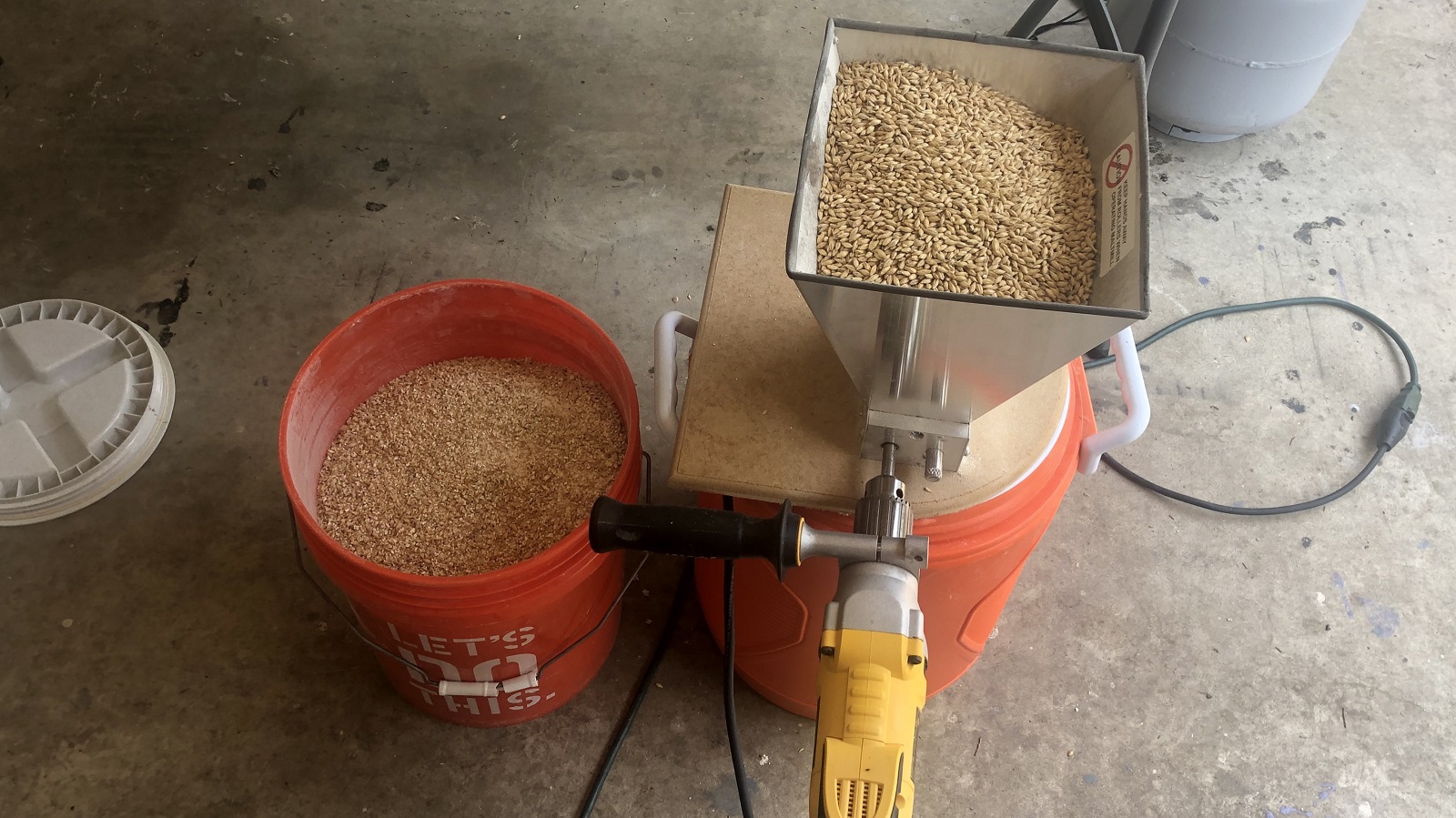
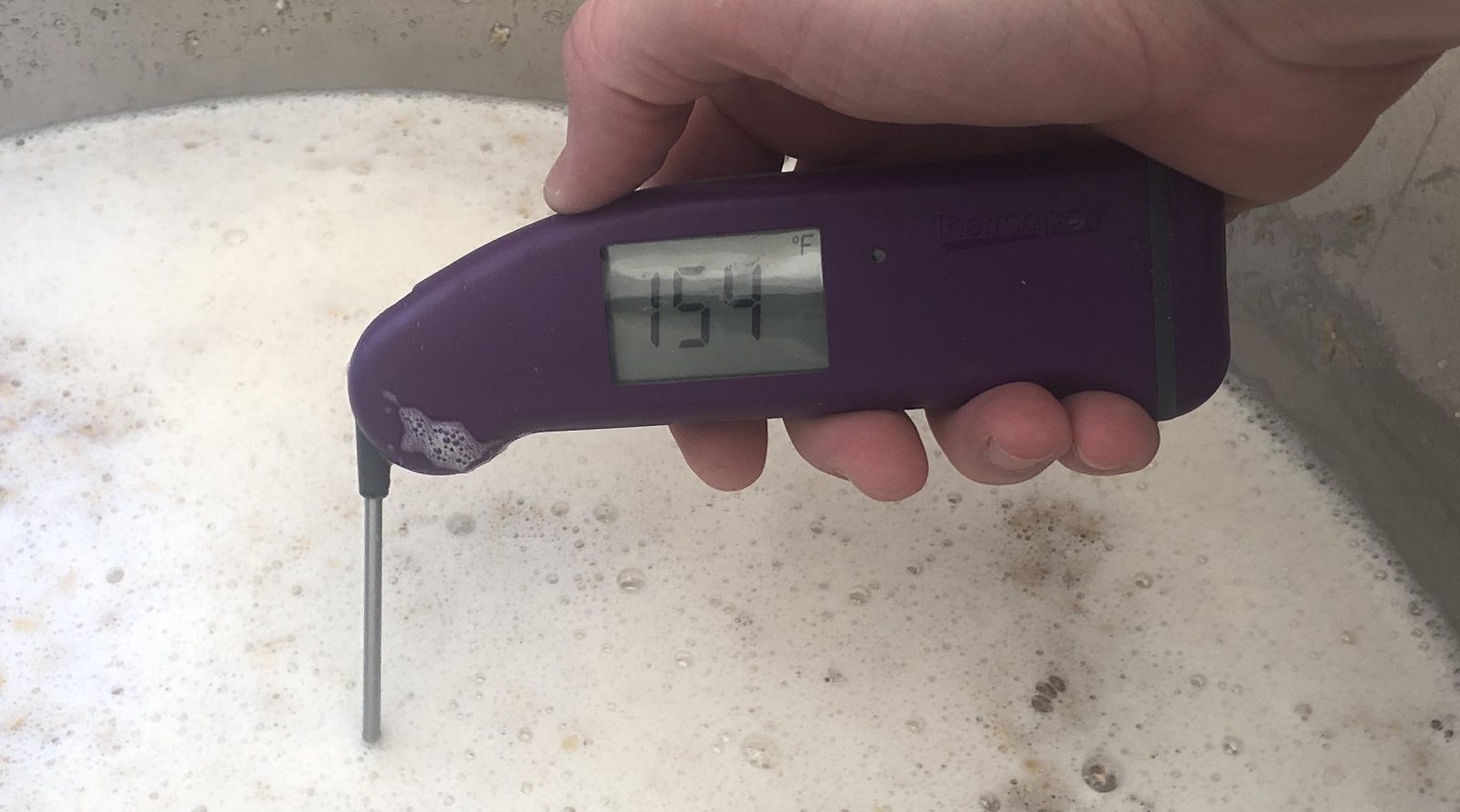
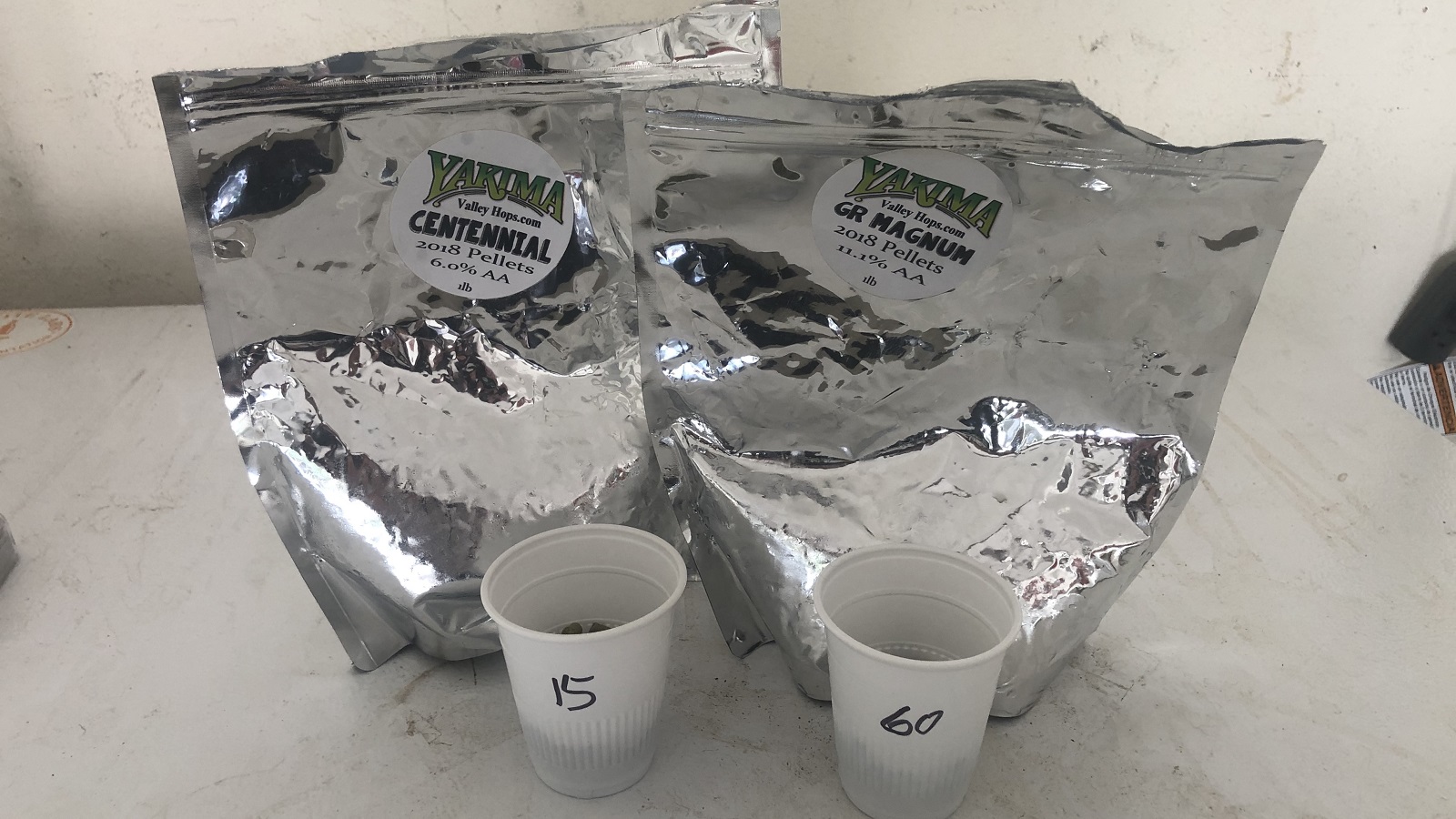
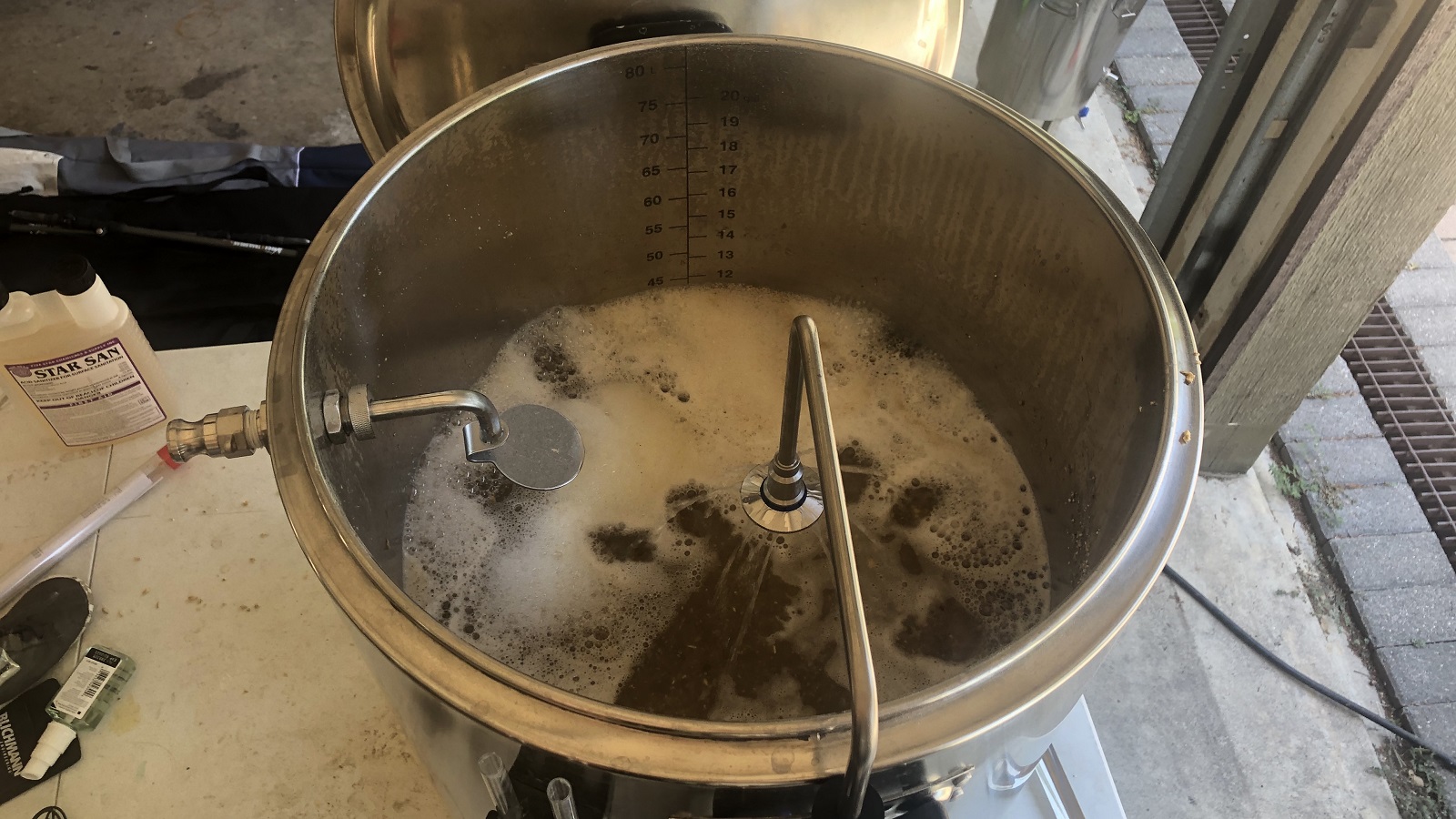
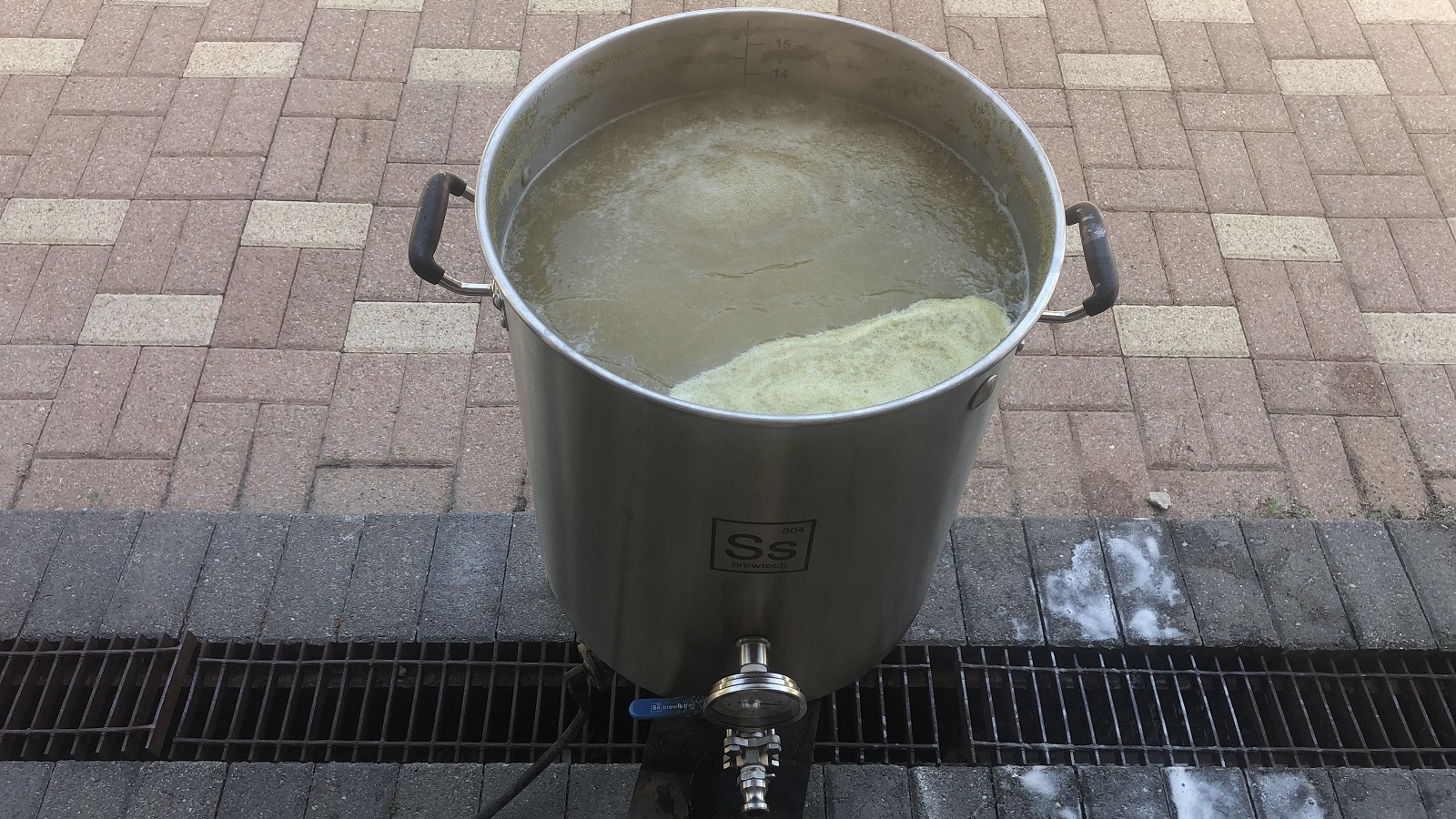
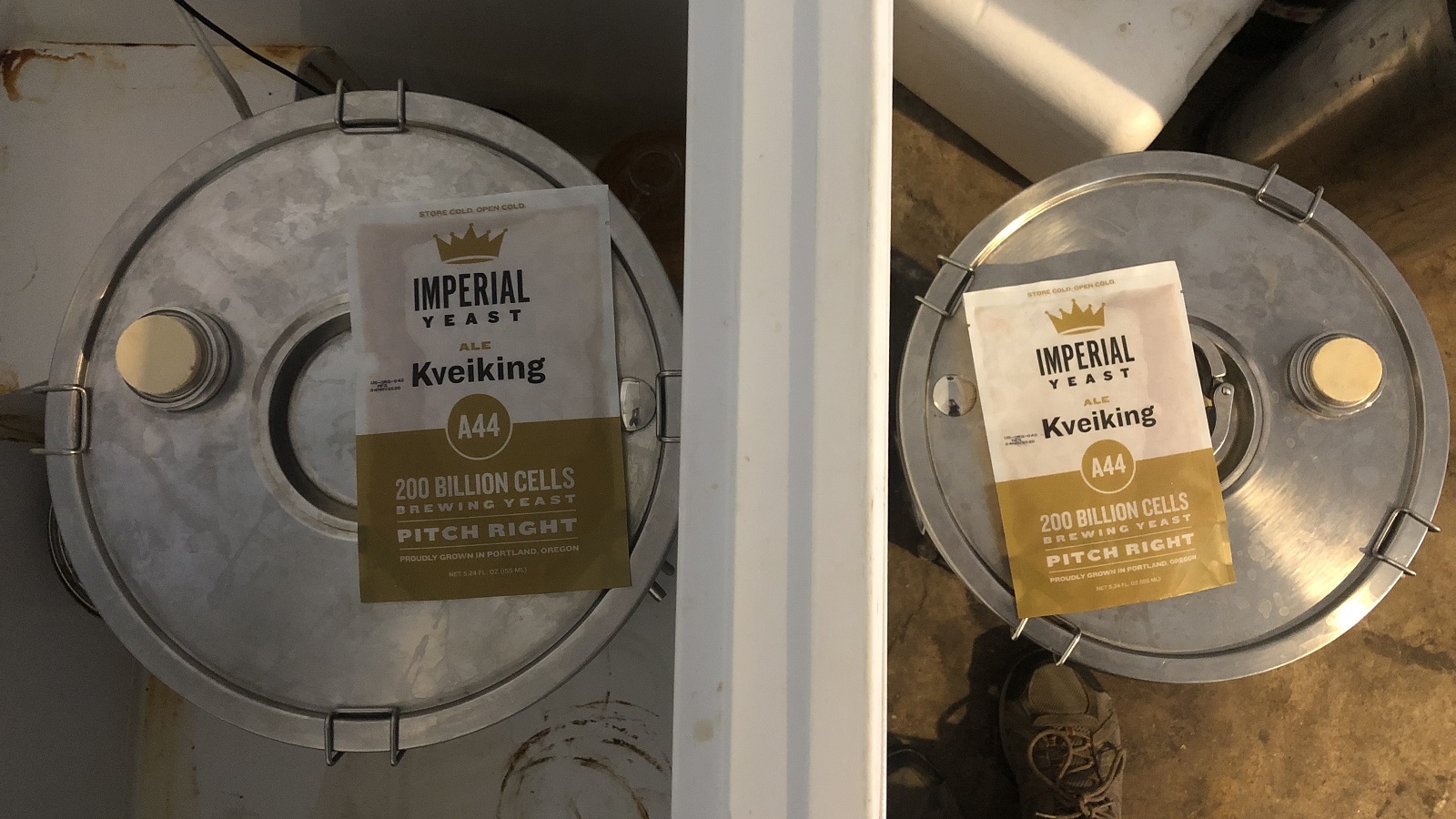
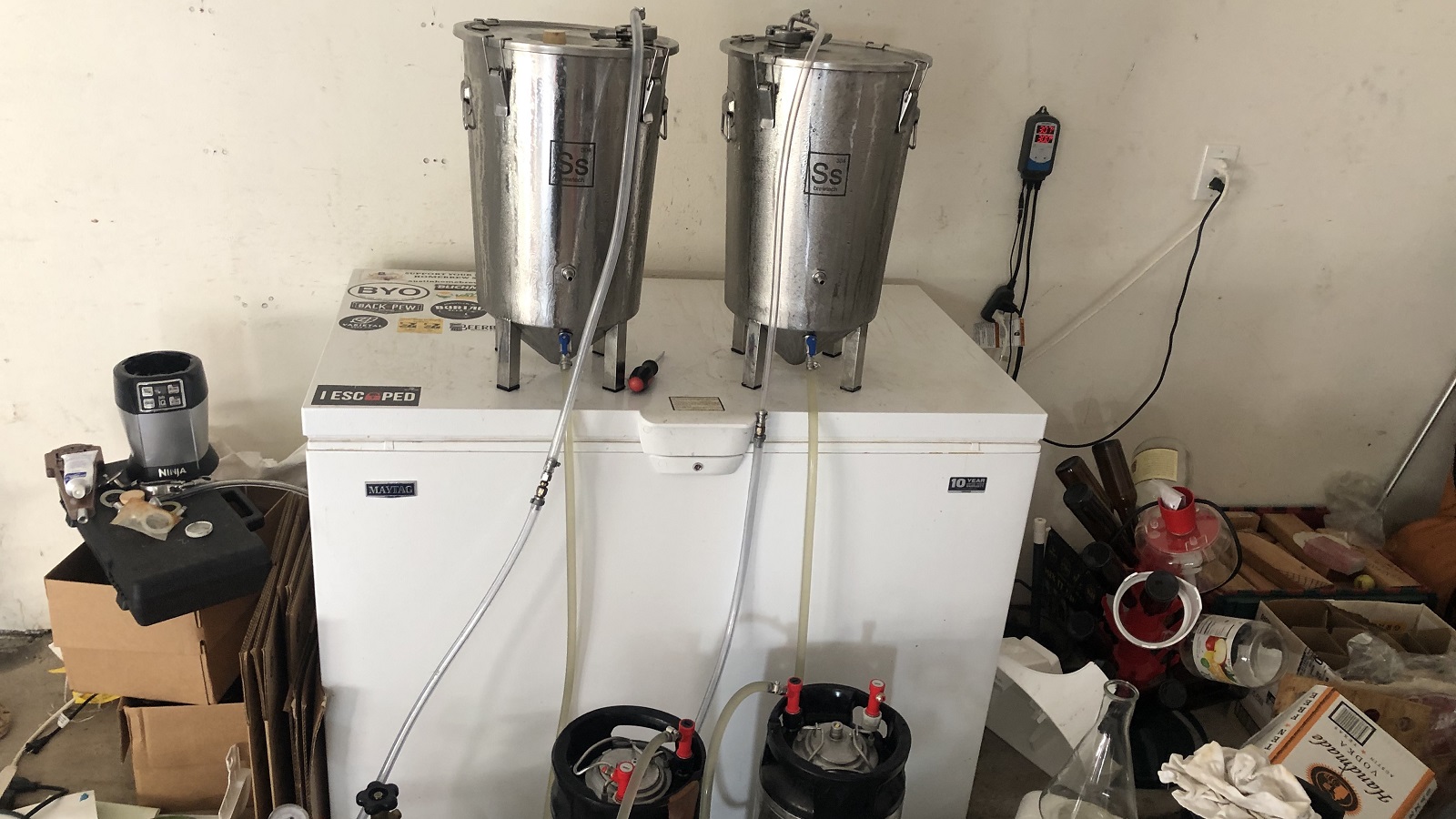











12 thoughts on “exBEERiment | Fermentation Temperature: Imperial Yeast A44 Kveiking In A Blonde Ale”
Lately I’ve noticed a decline in authors editing their work. I know the apps installed today make corrections for us but that is why we still need to edit.
I do enjoy this blog and have learned from it.
Thanks,
Brewbuzzard
Is this the second exbeeriment in a row where they got exactly the right number for the result to be significant? And in the era were the experimenter is the taster………with that said I remember a few years ago they had this same “problem”
It could be that as a brewer, the taster is more likely to be able to recognise the flavour differences.
Also, if you flip a coin twice and get two heads, is it the flippers’ fault?
Your suggestion that the brulosophy data isn’t trustworthy ought to be based on some evidence. Do you have any?
The data reported here seem entirely plausible, and I can’t figure out why you have so much trouble believing one could hit the exact number for significance in a sample as small as ten.
I tend to be sensitive to off flavors. Pretty much all the kviek beers I’ve tried have a distinguishable “kveiky” taste. I have been holding off trying one of these strains for that reason, but recently picked up a packet of Kveiking at my LHBS. I was thinking of using it in a hazy, hoping the hops would mask/blend with it’s distinct flavor. How do you think Kveiking would compare to a standard american ale yeast’s flavor in this beer?
I did a couple NEIPA’s with kveik and they all had that kveik twang to em. Decided to just go back to 1318.
I’ve definitely experienced that “kveiky” taste. This beer had it, but it was sooooo much cleaner than other versions of Kveik. Both beers tasted like clean American blonde ales. The fruity character of the warmer fermented beer was subtle.
A44 had the same Kviek twang as the other common ones. I would like to give POG (framgarden) a try though. The boys at MTF have geeked out a bit about that one.
Cade, the beers look pretty hazy in the photo. Does this yeast not drop out, or is there another factor to explain the turbidity?
Thanks
This was my first experience with this blend of Kveik yeasts, so I can’t say for sure. I did not use finings in this batch, so that could also play a role in clarity. I have used other Kveik strains that have dropped very clear. So, not sure yet about this particular blend, but it is something I’d like to play around with.
Thank you for the article. I want to use Kveik yeast to make a Belgian tripel. Did the Kveik A44 produced peppery or clove phenols?
Hi Cade, thank you for bringing us another interesting, well thought out article. Can’t wait to try it out. Cheers!